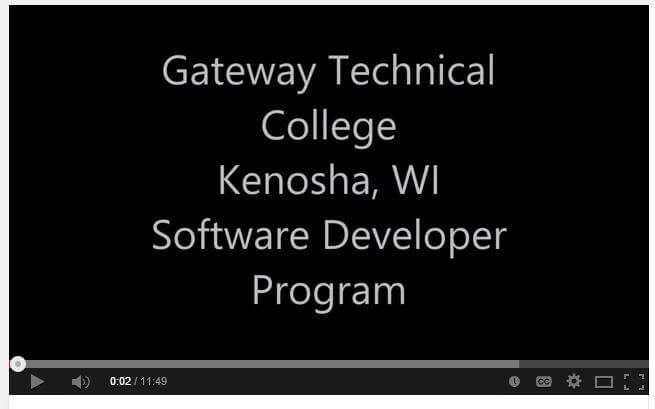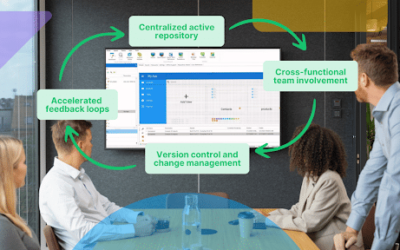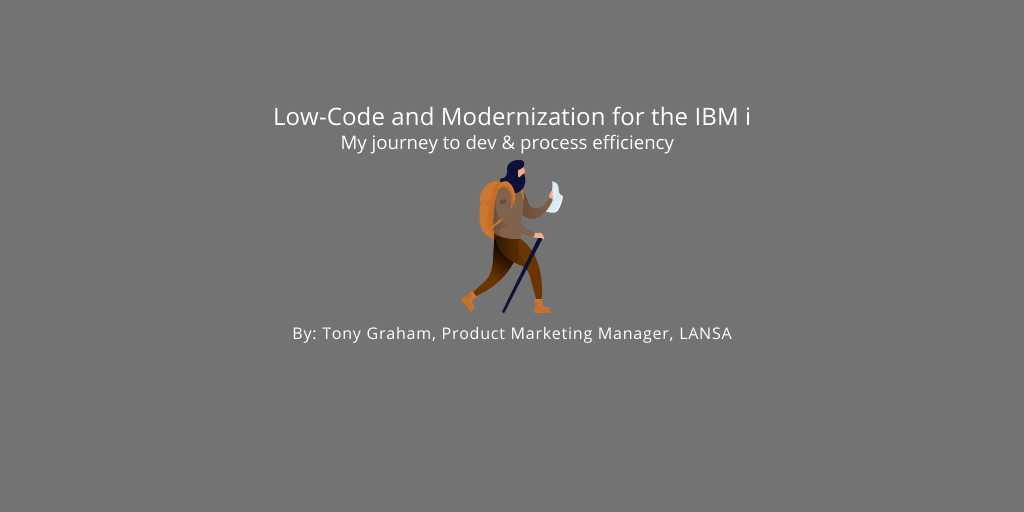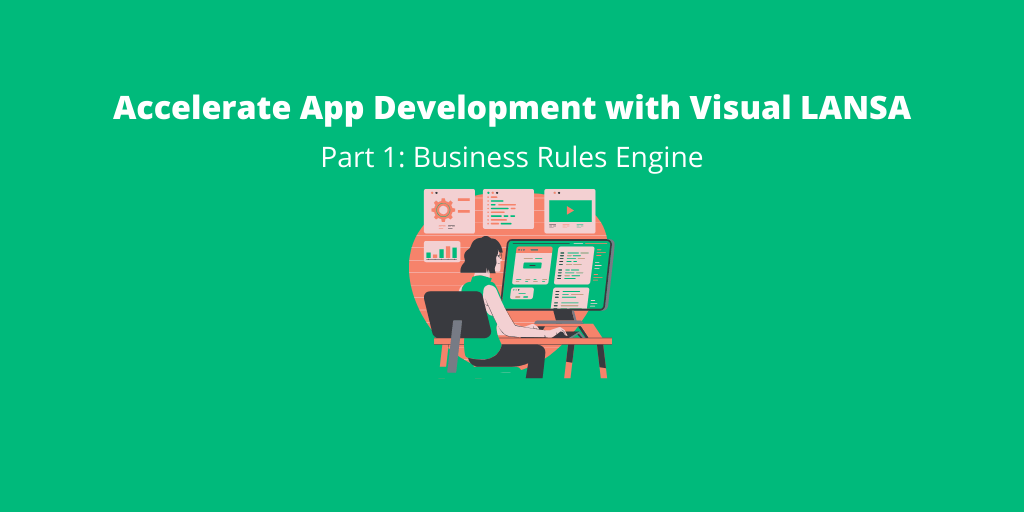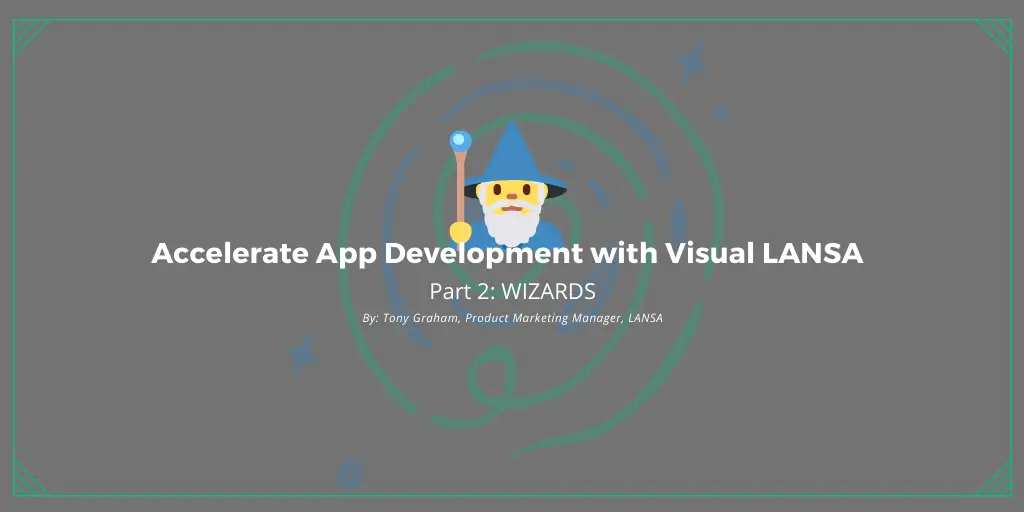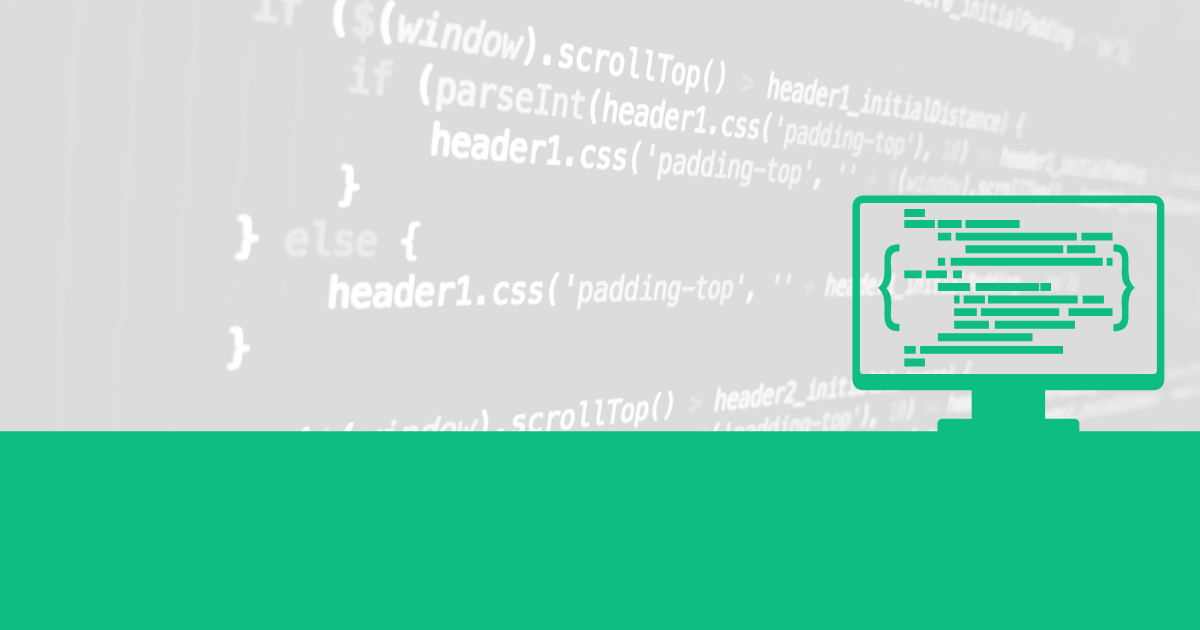If you asked me what I loved about my college experience I’ll tell you “everything.” What I didn’t anticipate was the bond I’d establish with my professors and the desire to remain in touch with them post-graduation. Recently I had the opportunity to speak with Jim Buck, instructor at Gateway Technical College, and felt a similar vibe with him as I’d experienced with so many of my professors at St. Ambrose University. He’s funny, honest and has a rolodex of stories to share – all characteristics students are drawn to.
Jim is one of three instructors that make up the Software Developer Program at Gateway and teaches a series of programming classes to students of all ages. Every year Jim requires his Advanced RPG class to complete a final project that involves building a web or mobile application. To his surprise a team of six students decided to display the fruits of their labor on YouTube. Project leader, Jeremey Rodriguez, developed a video of the mobile application he and his team built using LongRange, LANSA’s native mobile application development tool.
Jim was kind enough to talk with me about this particular class project, and how he’s adapted his teaching style over the years to meet today’s student’s needs.
How have students evolved over your teaching career? Are there any trends or observations you would like to share?
I have been teaching for 12 years. Many students coming to the Software Developer Program at Gateway want to develop mobile applications and game programming. While these technologies are entertaining there is a lack of understanding of the actual needs of today’s corporations.
Saad Yousuf (DB2/system design) and Allen Pearson are my partners in crime and we like to think of our program at Gateway as a multiplatform curriculum. Meaning, our students learn VB.net, PHP and Java – all aimed at the IBM i platform.
How have you adapted your style of teaching to meet today’s student’s needs?
Besides teaching the basics of programming, we now have to sell the younger students on enterprise applications. Today’s students believe that the world is run by PC’s and mobile devices and have little to no concept of large systems. I find many have never heard of IBM before or they think that the company is out of business.
How many students typically enroll in your Advanced RPG class?
I usually run one section (18 students) every spring.
Are all students responsible for producing a web or mobile application for their senior project?
Seventy percent of the advanced RPG class is a team project. In previous years, I had the teams start at the beginning where they would design a web or mobile application using a DB2 database and their RPG skills. This past year, I had students build on the work of the previous year’s students. As I mentioned previously, Gateway’s Software Developer Program stresses business applications so this strategy worked well, and I plan to continue using this approach.
Why LongRange?
Once I saw that LongRange used DDS and RPG to produce native mobile applications that run on iOS and Android devices I was excited. This allows me to put the “cool” factor into the RPG Class and team project.
Besides Jeremey and his team’s app, what other types of mobile applications have your students developed?
We have a number of mobile programming classes for Apple iOS, Windows and Android…even an Android game programming class. The Advanced RPG team project encompassed a number of different tasks ranging from DB2 development and service programs, to HTML and JavaScript.
What do you hope students take away from your class?
The understanding and the importance of team work, documentation and design when developing and implementing software applications. This is stressed by all of the instructors and in all of the classes in the Software Developer Program. I credit this for the tremendous graduate placement rate and the fact many companies come back to Gateway seeking additional Software Developer Program graduates.
Anything else you would like to share with us?
I often hear from IBM i professionals that IBM needs to give them a solution for developing applications (SDA, SEU and PDM) like IBM did years ago. I feel that companies like LANSA are stepping up with development environments that will take the platform in directions we couldn’t have imagined just a few years ago.
Check back next week to hear from Jim’s student, Jeremey, on how he and his team developed a mobile application for business users using LongRange.


